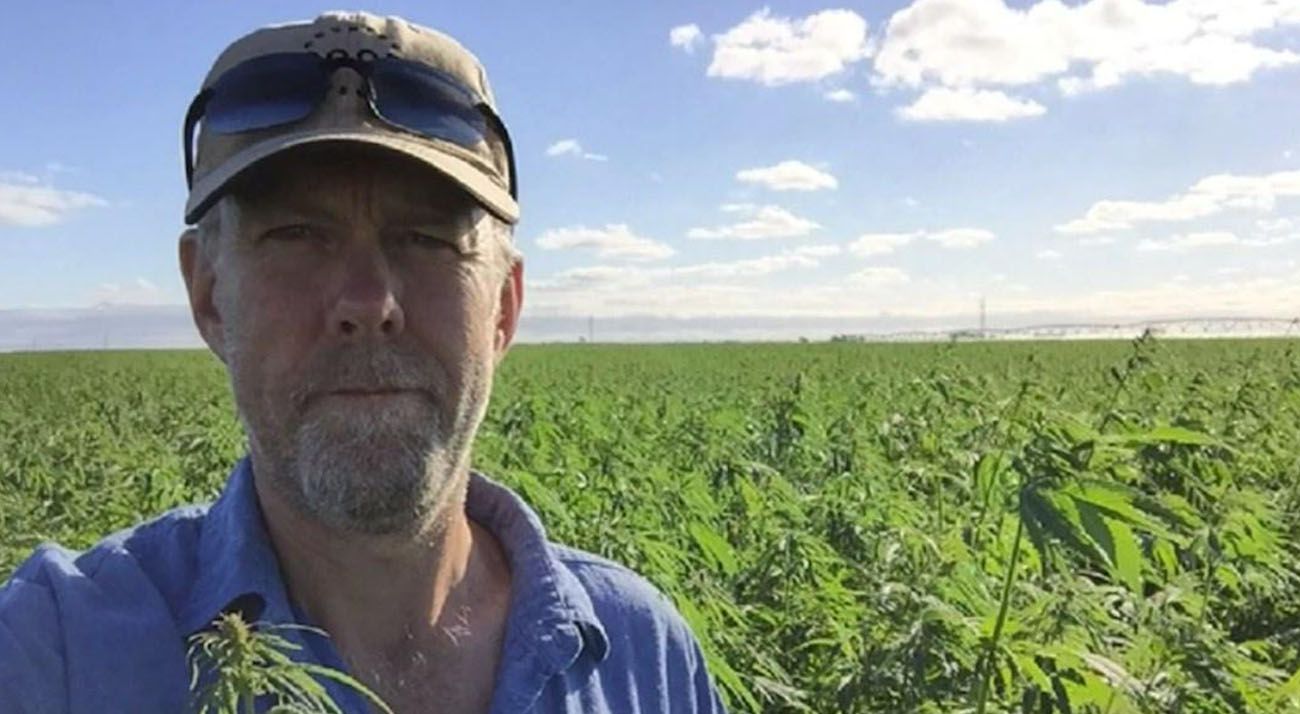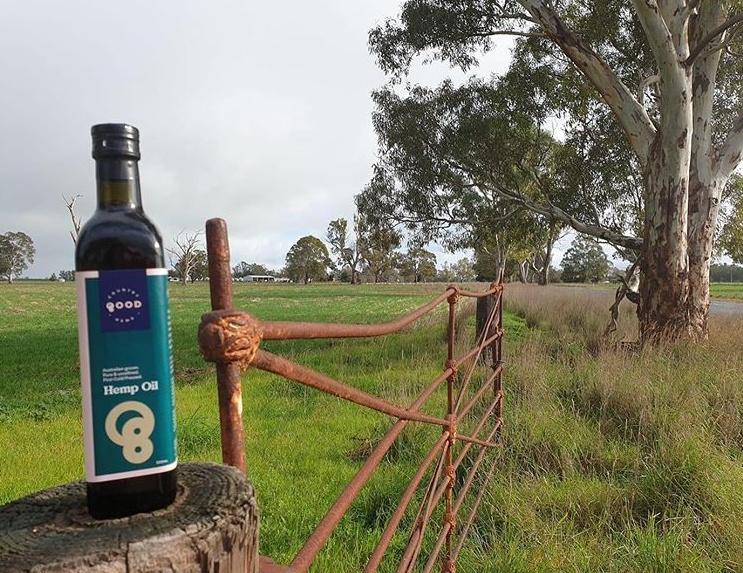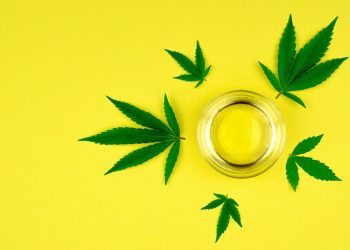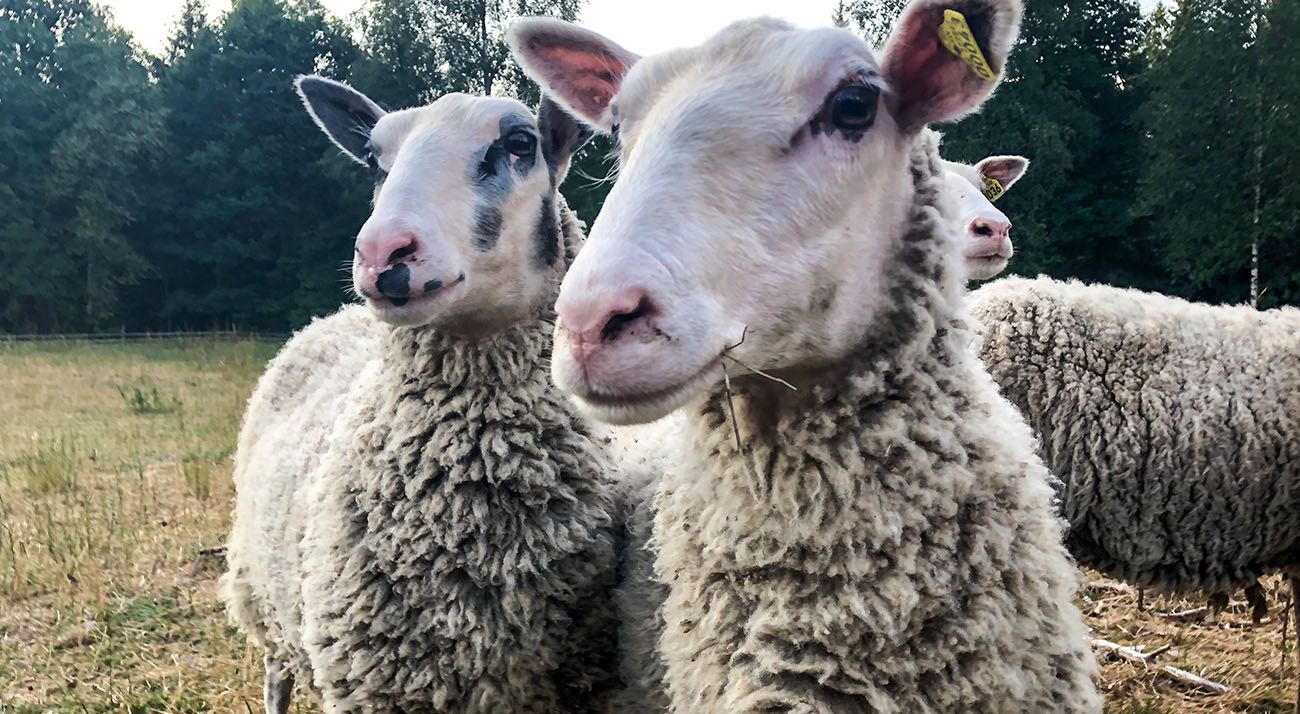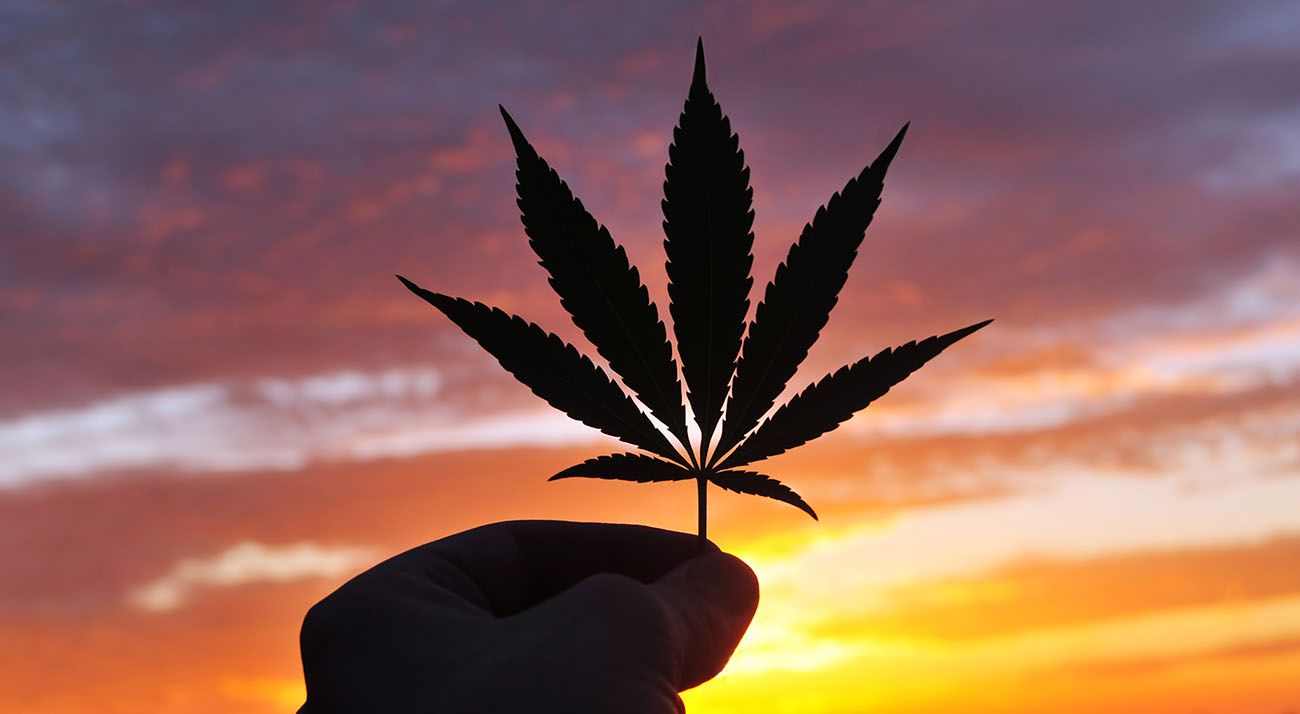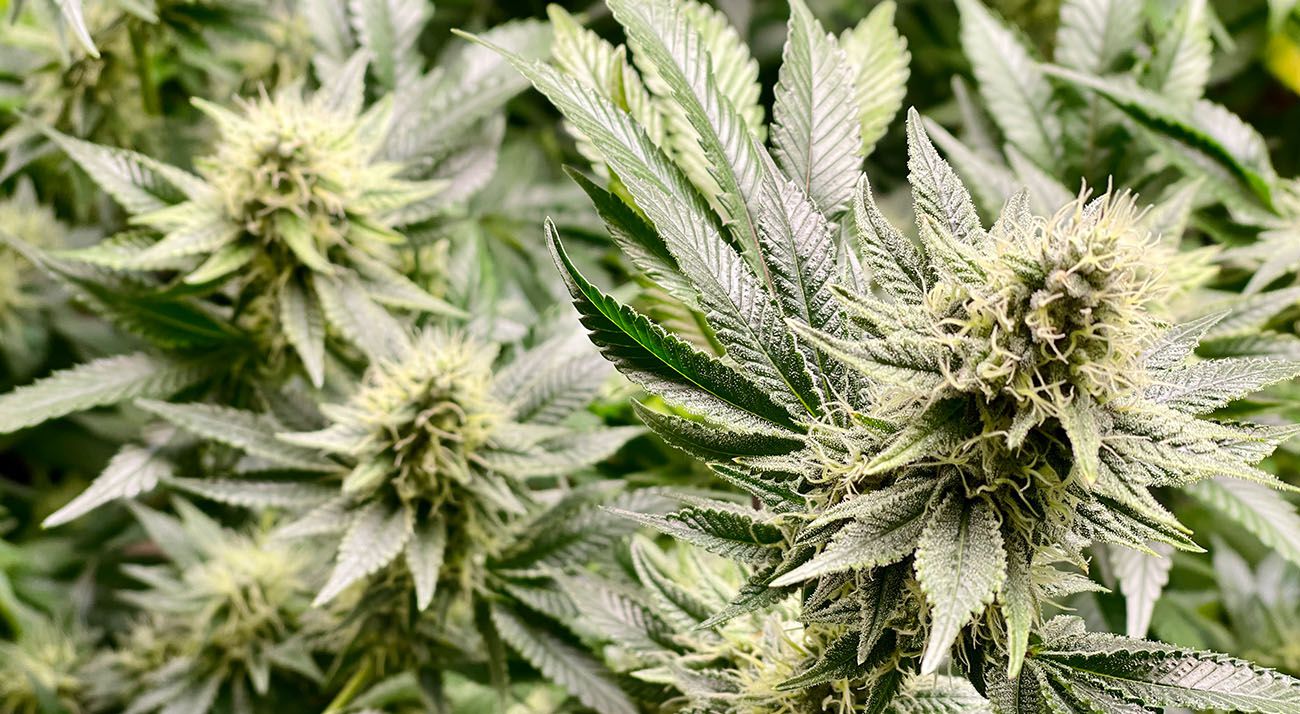Humans have likely cultivated hemp since hunter-gatherer times, though we know very little about farming the plant today. When cannabis prohibition was introduced state-by-state in Australia, hemp farming quickly stopped. This resulted in the loss of centuries of farming knowledge about the plant.
Through trial-and-error, Australian farmers are beginning to understand hemp again: and it’s had a huge increase on crop yields nationwide.
Three seasons ago, South Australia’s only hemp farmer Mick Anderson of Good Country Hemp was averaging 500 kilograms of hemp per hectare. In 2021, new farming practices have increased his average yield to 1.2 tonnes per hectare. One of Anderson’s latest crops even had a yield of 2.3 tonnes per hectare – which is the best yield he has ever had.
Other hemp growers tell a similar story.
According to the Australian Industrial Hemp Alliance (AIHA)’s president James Vosper, the average farmer is now averaging 1-tonne yields per hectare. This is up from 500 – 900 kilograms when consumable hemp was first legalised in 2017.
The rise in hemp yields is due to a growing knowledge base around Australian hemp. Specifically, farmers are learning which soil types, fertilizers, seeds, and growing conditions work best in Australia’s climates. Farmer’s are also experiencing fewer failed crops, as pitfalls like seed contamination are becoming well documented.
According to Konrad Chung, farmers are improving the harvesting and cultivation process – which is typically quite difficult as the bast fibre of hemp is too thick for some harvester machines.
Ten years ago, Chung says that Tasmanian farmers grew a total of 50 hectares of hemp. In 2021, that’s up to over 1,500 hectares.
But this isn’t just happening in Tasmania. Australia-wide, farmers are entering the hemp industry as knowledge about farming the plant improves.
The increase in hemp yields will have a long-term effect on Australia’s economy, as hemp farming creates jobs in rural areas, improves hemp infrastructure, and produces some of the highest quality hemp to be exported around in the world.
According to Anderson, this snowball effect will improve Australian hemp considerably.
It’s all coming together – all the planets are lining up for us and we’re really starting to work out what it takes to grow good hemp crops.
Australian hemp is now used in a wide range of products – from hempcrete to biofuel to everyday household items. It will likely be used in more products as the yield of the plant increases.
For a full list of hemp and cannabis companies in Australia, you can visit the database here.


